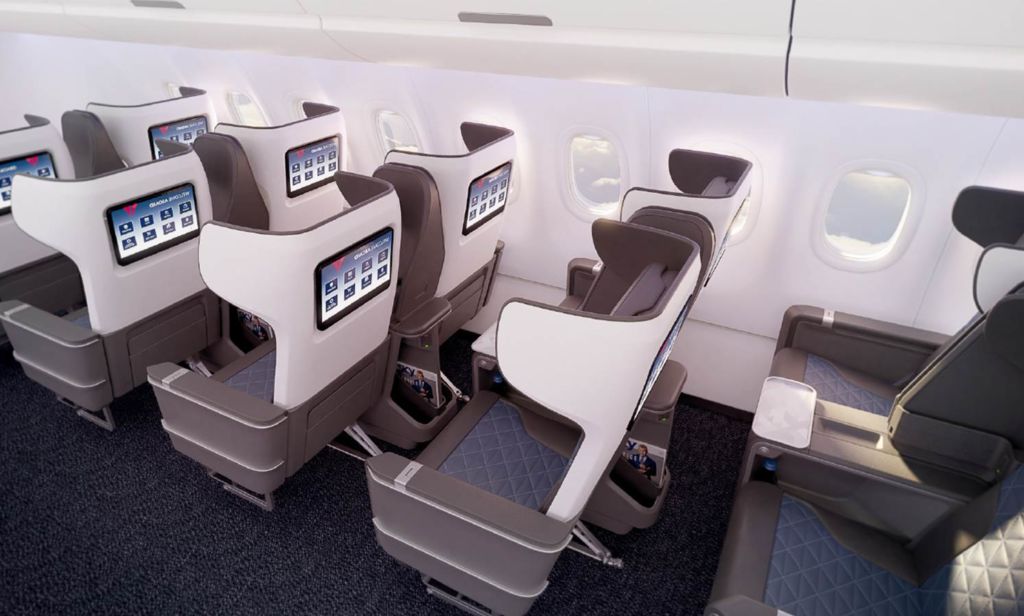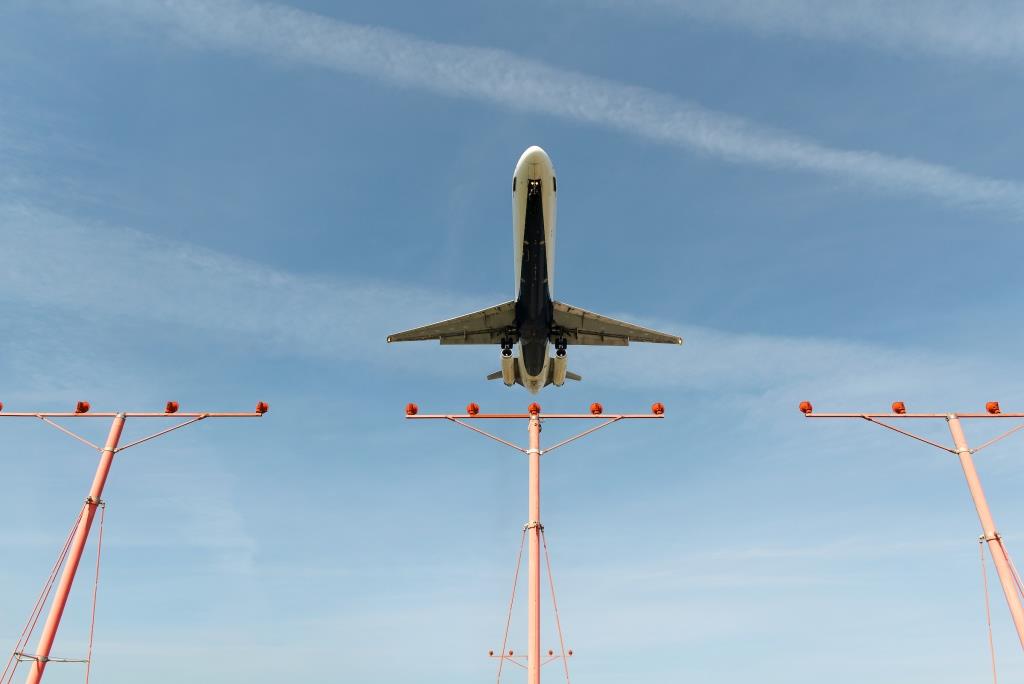When we’re on board, most of us rarely pay attention to the airplane colors. However, if you recall, you’ll notice that seats on almost all airplanes are blue, and there’s a reason behind it.
As reported by The Sun, it’s a strategy employed by airlines to influence passenger behavior during the flight.
According to experts, the color blue induces a sense of calmness and relaxation in people. This has the potential to make the journey less stressful. Color psychology experts explain that blue is associated with peace – the calm sea and clear sky are imagery linked with internal serenity, tranquility, and clarity. Additionally, the color blue has the effect of slowing down heart rate and breathing.
Moreover, stains and dirt are less noticeable on blue seats than in bright colors.
While some budget airlines may opt for more vibrant and bold hues, the majority prefer subdued tones with the main goal of creating an atmosphere of homely comfort and relaxation.
Airplane colors
Simultaneously, airplanes are predominantly painted white, and there are specific reasons for this choice.
White paint not only resists fading quickly but also reduces the chances of bird strikes as it stands out against the sky.
White planes are also more visible in case of emergencies.
Lastly, white helps maintain a cooler cabin temperature as it reflects light and heat.
Understanding the psychology of color in the design of airplane interiors and exteriors serves practical purposes, contributing to passenger comfort and safety.



